6 Amazing Innovations In Solar Panel Technology

Solar energy is easily the world’s fastest-growing energy technology. From a meager 20 GW around a decade ago, the global installed solar capacity has now moved up to a staggering 583.5 GW. This makes solar power the third leading source of clean energy after Hydroelectricity and Wind. However, the bigger picture is still not very positive. Solar electricity accounts for only 2.4% of global consumption. This small number can be attributed to the not so high efficiency of solar cells. The efficiency of solar panels hovers around 20% in the most widely used types, with monocrystalline solar panels being the most efficient.
However, there is no need to be disappointed. Scientists worldwide have been constantly innovating solar technology to make it cheaper and more efficient. Most of these solar technology innovations are either still in the laboratory or under initial trial stages. Some time back, SpaceX and Tesla founder Elon Musk announced the launch of Tesla Solar Roof, Tesla Solar Panel, and Tesla Solar Tiles, thus attracting media and public attention towards solar innovations. Solar tiles are just one of the new arrivals in the wide arcade of the upcoming solar technology store. There are also newcomers like transparent solar panels, bifacial solar or double-sided solar, curved solar panels, and anti-solar panels that will work during night time too. Let’s discuss them in detail.
Bifacial Solar Panels
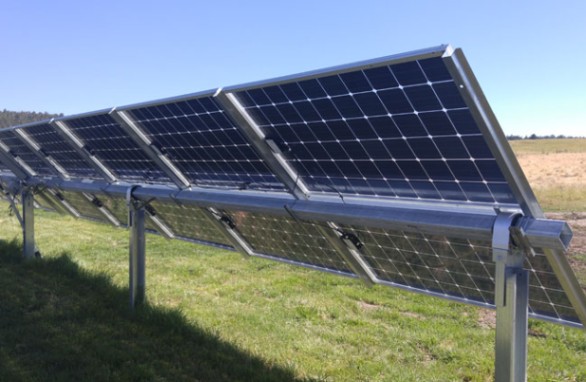
As the name suggests, these are ‘two-faced’ panels, which means that they can generate electricity with photon-contact from both sides. While conventional panels have an opaque back sheet, bifacial panels expose both sides of solar cells. When installed on a reflective surface, bifacial panels can increase energy production by up to 30%. Bifacial modules also last longer because both sides are UV resistant.
Solar Tiles

Also called solar slates or solar shingles, these rose to prominence after Elon Musk’s announcement. Solar tiles function like conventional solar panels. However, the absence of a supporting rack makes them more visually appealing. They are just a bit less efficient as compared to monocrystalline panels.
Transparent Solar Panels
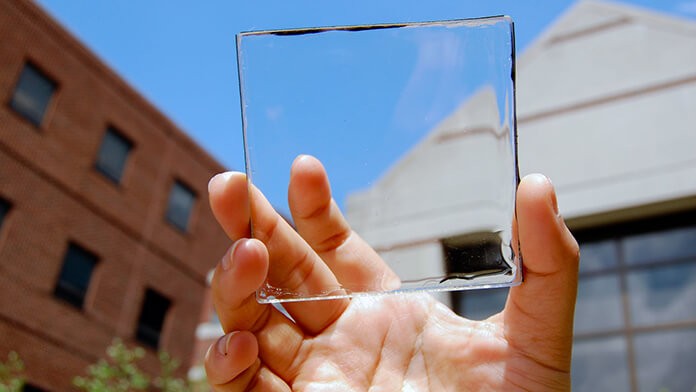
Don’t be surprised if future phones come with transparent solar panels placed over the LED screens. Presently at the lower end of efficiency, researchers expect transparent panels to achieve 11% efficiency soon. These panels can easily substitute glass window panes of skyscrapers in the future.
Concentrated Solar Power (CSP) Technology
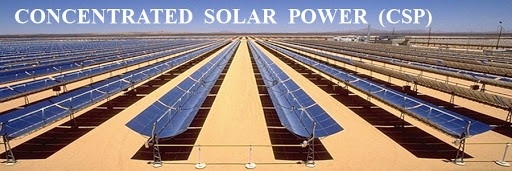
This technology involves the use of curved glasses, mirrors, and sunlight trackers to concentrate sunlight on a multi-junction cell. Multi-junction cells can be made by combining six different materials. This results in efficiency much greater than monocrystalline panels because loss due to diffusion is prevented. Additionally, materials like perovskite in place of silicon can lead to up to 47% efficiency under focussed light. However, CSP technology isn’t economically feasible because of the use of solar trackers, expensive substrate, and cooling systems.
500 W Solar Panels
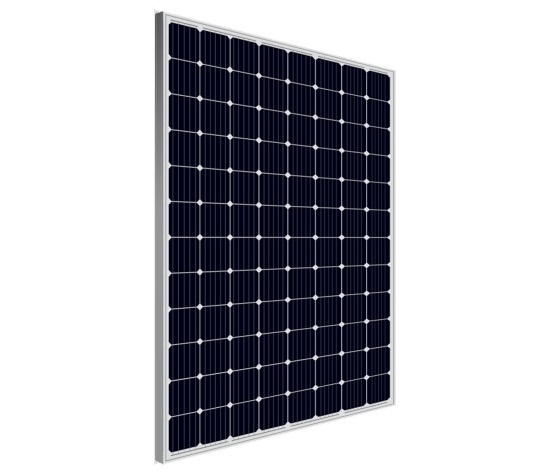
Risen Energy and Trina Solar, top Chinese solar manufacturers, recently unveiled new 50 cells, 500 watts solar modules. This is set to open new avenues of application where a limited area used to be a restraint. 500 W modules will occupy less space as well as cut short on the installation and maintenance expenses.
Anti-Solar Panels
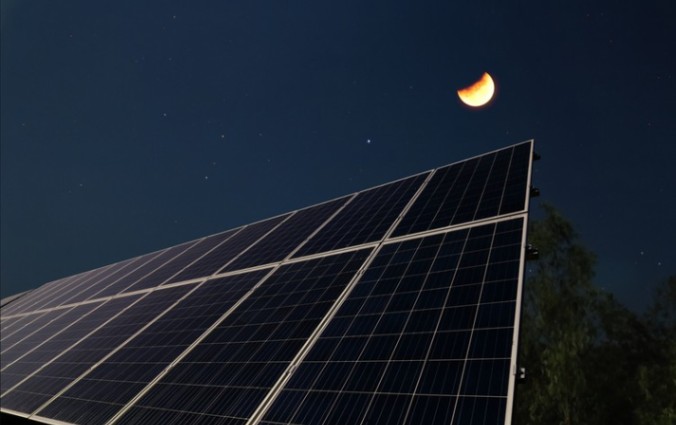
No marks for guessing that these panels work in a way opposite to the traditional solar panels. Instead of capturing the photos from the daylight radiation, these panels capture the earth’s terrestrial radiation after the sun has set. They work on the principle that heat moves from a hot region to a cooler one, which is the case with terrestrial radiation at night. If the scientists succeed, then anti-solar panels could be the answer to sustainable and alternative energy round the clock.
 Unergia
Unergia